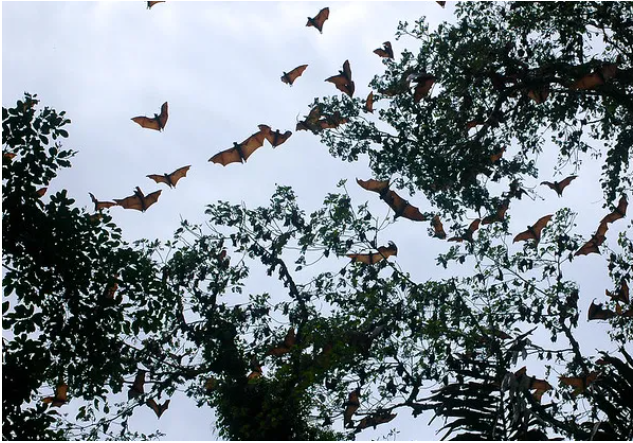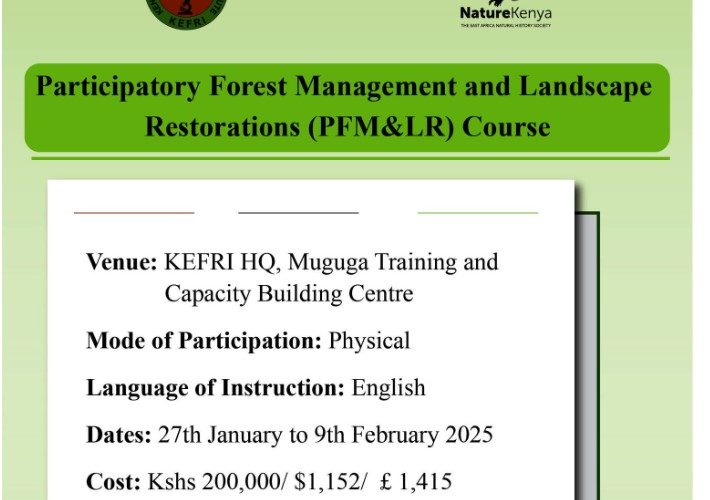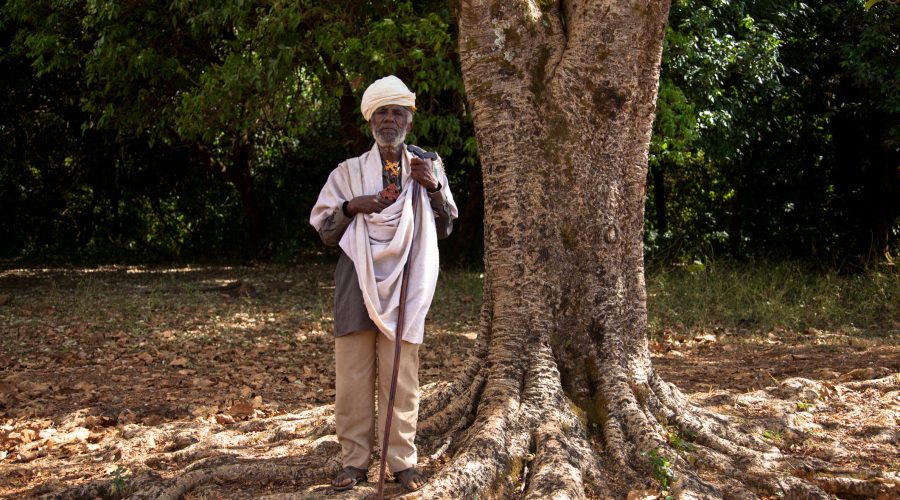The connections between forests and human health are high on many minds these days. Most of us have heard about respiratory illnesses caused by haze from wildfires in the Amazon and Southeast Asia – and about the risks of diseases like Ebola and (possibly) COVID-19 being transferred from forest-dwelling animals to humans.
But often people fail to remember that forests support society in positive ways too. For example, forests can also mitigate the impacts of natural disasters: for instance, areas with greater loss of coastal mangroves experienced higher rates of death and injury in the 2004 Indian Ocean earthquake and tsunami. Food found in forests also plays a significant role in the nutritional quality of many people’s diets.
“We’re still unravelling the full spectrum of health benefits and potential risks that forests offer to humans,” said Todd Rosenstock, principal Scientist at the Alliance of Bioversity-CIAT and the lead author of a new Comment in The Lancet Planetary Health describing a systematic map that lays out just where some of the neglected pathways might be – and offers important insights for future research.
The work was undertaken by a team of researchers from the Center for International Forestry Research and World Agroforestry (CIFOR-ICRAF), and several universities. The researchers identified 452 articles linking forests, their management, and human health. They then classified them according to the geographical, thematic, methodological, and outcome types of the studies.
For more information visit forestsnews@cifor-icraf.org




